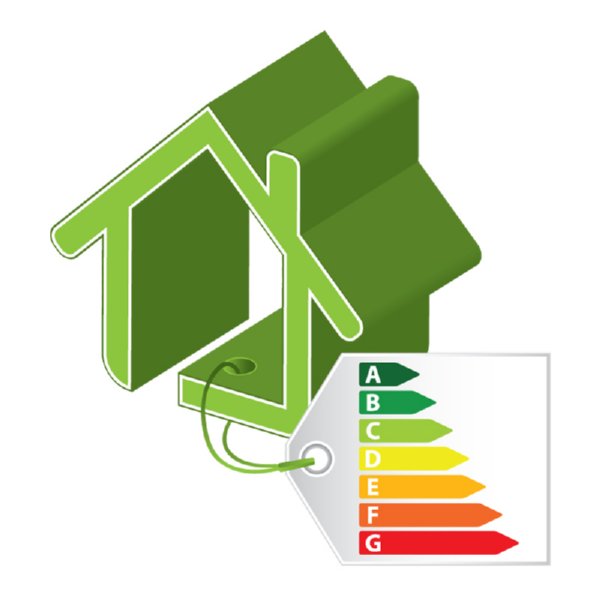Green Deal axe leaves big gap in homes energy saving strategy
Written by Mark Sait
Posted on July 28, 2015
The Government move to axe the flagship Green Deal programme leaves a yawning gap in the national energy saving strategy for homes.

It also sends a confusing signal to businesses and households while directly affecting the many Green Deal-focused companies that have grown since the initiative was launched with much hope and expectation in January 2013.
We have often criticised the scheme for its lack of impetus and narrow focus in the range of energy saving solutions supported but it is very surprising to see it being ended so abruptly with no replacement.
We have argued for the widest Government support for the greatest number of solutions that provide ongoing energy and water savings with quick payback, including LED lighting, eco showers, eco taps and tap aerators, as well as heating and insulation efficiencies.
Amber Rudd, the Energy Secretary, has spared the Energy Company Obligation (ECO) scheme that gives support to poorer households but apart from this the domestic sector, which generates a third of the nation’s carbon emissions, is now directionless in terms of energy efficiency and energy saving.
What happens immediately is unclear but the Government has committed to ensure energy efficiency upgrades in a million households over next five-year term.
Energy efficiencies
The Green Deal, it must be said, has hardly been the best advertisement for carbon cutting, energy saving policy in its two and a half years of existence. It was devised to fund energy efficiencies through loans, with the repayments effectively covered money saved with lower utility bills.
This self-financing element proved its undoing as the scheme was not embraced enthusiastically and so the Government was left to cover costs of the Green Deal Home Improvement Fund grant scheme. It gave the Green Deal Finance Company £50 million last year to prevent liquidation after the Green Investment Bank stopped support, seeing poor uptake of the scheme.
There were, however, signs that the scheme was picking up interest with the 10,000th plan announced earlier this year. Not enough, it seems, for the Government to feel that the Green Deal was offering good return on investment and value for money.
The Green Deal closure means that the Government has now moved to make nine big green policy changes very early in its term of office, generating strong reaction from a broad spectrum of business and consumer groups.
New policy
Explaining the closure decision, Amber Rudd said:
“We are on the side of hardworking families and businesses – which is why we cannot continue to fund the Green Deal. It’s now time for the building industry and consumer groups to work with us to make new policy and build a system that works.
“Together, we can achieve this Government’s ambition to make homes warmer and drive down bills for one million more homes by 2020 – and to do so at the best value for money for taxpayers.”
The Department of Energy and Climate Change, itself under pressure from budget cuts, advised this week that it would work in partnership with the Department for Communities and Local Government to improve the UK’s existing housing stock.
DECC has commissioned Peter Bonfield, chief executive of the BRE Group to conduct a full review of standards, consumer protection and enforcement of energy efficiency schemes and Ms Rudd advised the Energy and Climate Change Select Committee last week that energy efficiency was a “win-win” as the most effective way to reduce carbon and reduce bills.
Details of the review with next steps for Government green policy are expected in the Autumn and so should be under discussion around the time of final preparations for the epochal Paris summit on climate change in December.